- It’s what we do
- Northern Congregation – Fantastic!
- Gone pear-shaped – On the SPOT
- Tread carefully – Adventure Tractionators
- TransTerra Four Day – Mark your calendars for 2017
- Reader’s Ride – Good mates and good riding
- Tech – Lubing cables
- Ride right – Bike set- up advice
- Ténéré not so tragic – another Peter Payne creation
- Doohickey demystifed – KLR owners pay attention
- BMW F800GS – Last ride…almost
- Kashmir: mystic adventure – Part two
- Inspirations with Karen Ramsay
- How To Ride with Miles Davis
- Preparing For Adventure with Andrea Box
- Checkout
- Fit Out
Miles Davis covers off some important skills and concepts.
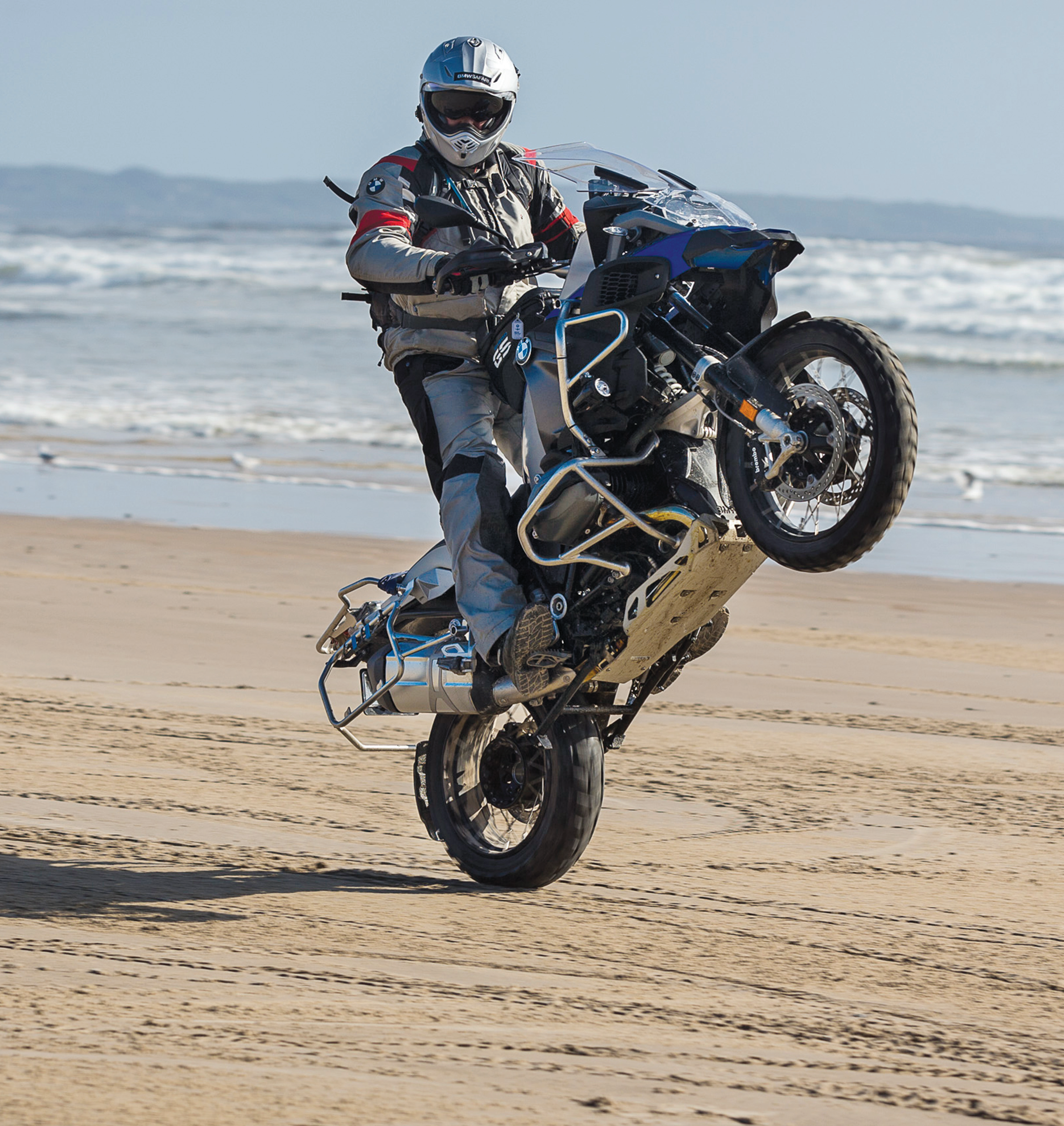

A couple of issues ago we covered some wheelie basics, trying to tie in the key elements at slow speed to unweight or lift the front wheel over obstacles. It’s always smart to start off with the basics and at a conservative speed. The big thing is getting the timing right and blending everything together in a smooth and controlled way.
The next step could be looking at a slightly faster stand-up wheelie that uses many of the same control skills.
Instead of simply lofting the front wheel for a short distance, specifically to get over an obstacle, you might let it hang in the air for a bit longer.
I remember when this sort of wheelie really clicked for me. I was riding regularly with an ex-racer who could wheelie up hills and around corners, and he gave me a few tips that really helped me get my head around extended wheelies. I was trailriding a KLX300 in the desert mountain areas inland from LA and at the end of each ride we would head back up the mountain road which was the perfect place to practice. The KLX was the ideal bike as it has some torque and smooth power, but not tonnes of it, so things happened slower and more predictably, giving a chance to understand what’s going on.
He told me to stand up, and in second or third gear start from low revs, smoothly wind on the throttle and, as the engine came into the sweet spot, bounce on the suspension to get it to compress. When it rebounded I had to use the clutch and throttle to get the front wheel up.
Depending on each bike, the sweet spot may be at lower or higher RPM, but it’s generally not too high or you’ll run out of revs too quick. If the front wheel comes up quite high, you have a chance to keep it there by modulating the throttle and using your body position to maintain balance.
If the front wheel doesn’t come up very high to start it’ll probably want to come back down right away, even with the throttle tapped out.
As with the slow wheelie, it’s important to cover the rear brake in case you go past the balance point. If that happens you can add a bit of brake drag to bring it back.
Now that you know what to do, keep practicing. Bit by bit you’ll develop the feel and it’ll start clicking. Before I knew it I was holding third-gear wheelies at balance point without accelerating. If you want to go a bit faster, let the gear rev out a bit and, when the revs are in the right spot, do a short, sharp, gear change and keep it going a bit longer. Once I had the feel on the KLX I was able to transfer that to other bikes, but when you’re trying it on another bike always use the step-by-step method. Start off small and build it gradually. Don’t just try to cut to the chase or you might get caught out, and flipping a bike is most people’s nightmare.
Luckily I’ve only ever flipped a motocross bike at low speed a few times many years ago when I was learning. It’s part of the
learning process and it’s always best done on a smaller, cheaper bike at low speed on a grassy hill – not on an expensive, big-bore twin adventure bike at 130km or more on the road.
Good luck, and have fun!


Tyres
I get asked a lot about tyres and hear and see lots of conversations on the topic. I think riders of adventure bikes sometimes get caught up in the hype around using tyres that: firstly make up for their shortcomings in the dirt and provide all of this magical grip; and secondly, last forever.
The problem with this is, it’s not uncommon at times to spend a fair portion of time on the road and wet roads. And wet roads is where the budget and long-last-ing adventure tyres are at their worst.
Conditions were pretty crap riding back from the recent Adventure Rider Magazine Northern Congregation. It was cold, wet and foggy. I was on a borrowed 1200GSA that had a totally flogged-out Pirelli Rally Cross tyre that probably only had two or three millimetres of tread in the middle.
I kitted up and headed off with all of my Goretex zipped up and my pinlock visor clean and ready to stay clear.
My rough route had some dirt and twisty roads and I was a touch nervous about the back hoop as I haven’t had much time on the Pirelli.
The first dirt section wasn’t too bad, but had some greasy sections, so I took it pretty easy and the bike was fairly well-be-haved. Then I hit the Bruxner Highway, which I’d loved in the dry a couple of days prior. I had the luxury of traction control on the GSA and it’s great in those conditions. With traction control, I generally try to push the bike until I notice the electronics cut in, then ride in a way that’s close to that level without over-relying on it.
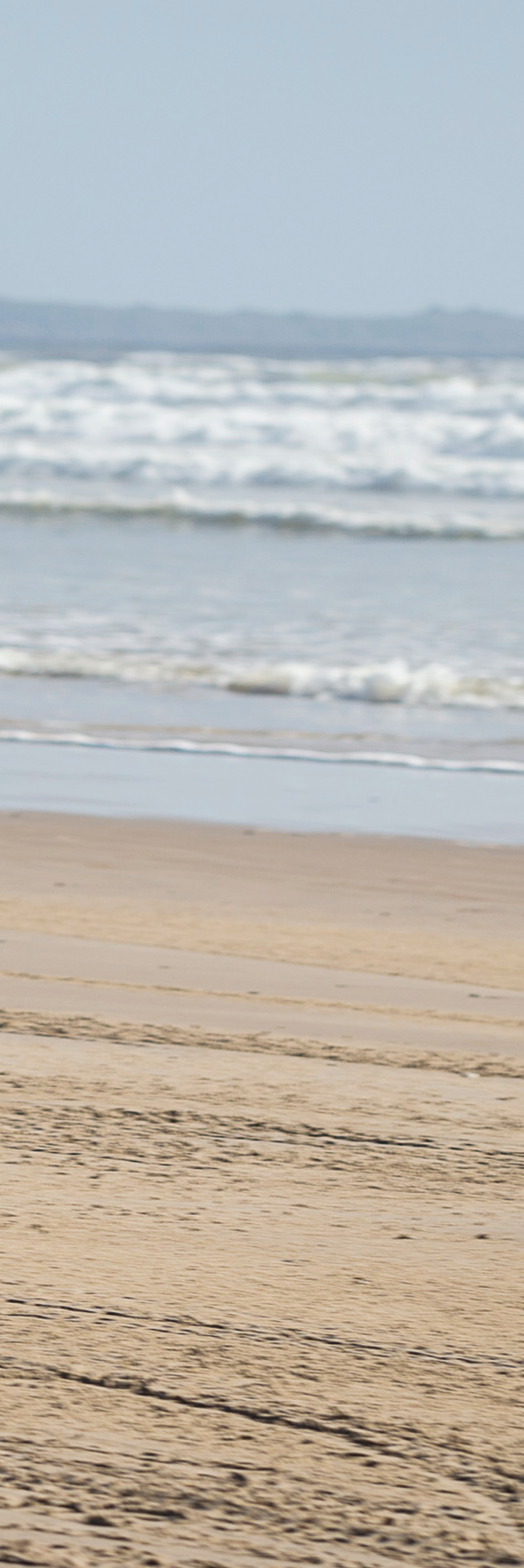

Bit by bit I accelerated quicker out of corners, braked a bit later and ran higher corner speeds.
Before I knew it I was having a proper go. I don’t mean I was riding hard, but I was riding quite fast and as smooth as I could.
Even when I tried a bit harder I didn’t really get the traction control to kick in.
A bit further on I took the back-tracks to Toonumbar Dam into the back of Kyogle and then into the Gold Coast. I had an amazing ride in pretty crap conditions.
The moral of the story is, don’t be a tightarse with rubber and it might save a crash on wet roads.
You might have more fun or at least be less stressed.
• On road – premium brand tyres (Pirelli, Conti, Metzeler, Michelin etc) will still work well on sketchy wet tar even when they’re almost shagged. Cheap tyres generally won’t, even with tread
• Off road – technique counts for a lot more than a new rear tyre. How many times have you seen a rider with a shagged tyre not be the person having troubles on low-grip surfaces?
• Don’t rate a tyre purely by how long it might last. Rate it on how it grips in all conditions as well as how long it might last I don’t ride a nice bike to try and save $100 on a rear tyre every few thousand kilometres. I ride to have fun on the road and dirt!


Keep left and ride for longer
Lately I’ve heard a few too many stories of riders being injured or killed from head-on accidents where the rider was at fault.
I often see riders cutting blind corners and it really concerns me. The consequences can be so serious.
It’s not just the rider, either. Imagine the impact on the people in the car, and the families and so forth. Riding has its inherent dangers many of us happily accept as worth the risk due to our passion for riding, but to me, riders putting themselves in this situation shows a lack of respect to themselves, others and riding itself.
Have a think about it on your next ride, see what you’re doing and what your mates are doing. It’s as simple as this: imagine a LandCruiser or logging truck coming around every blind corner. How would you fare?
Have fun and be safe out there.
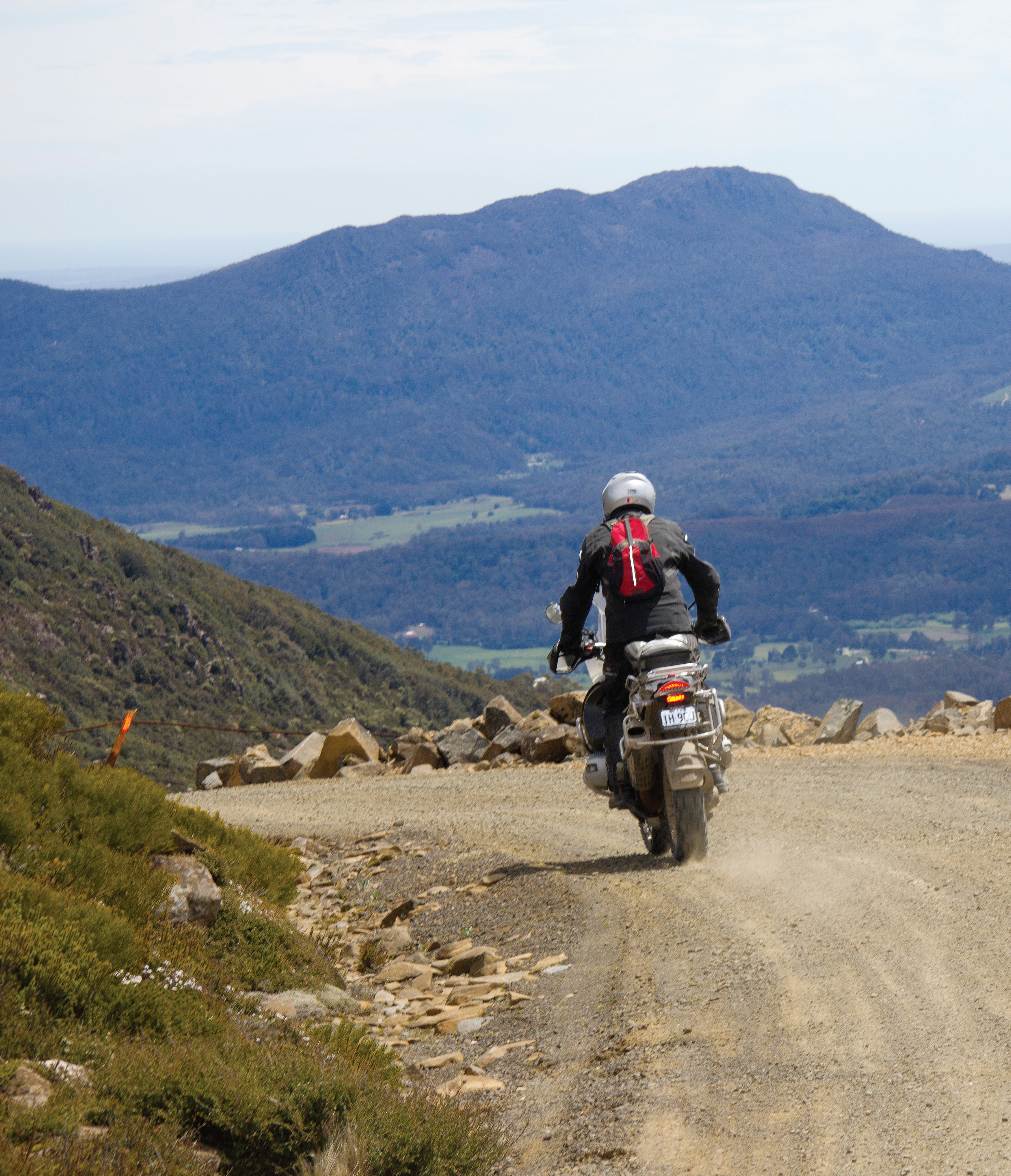


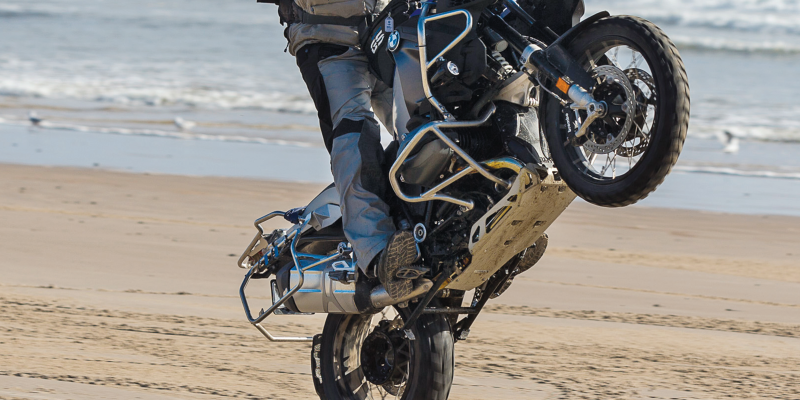





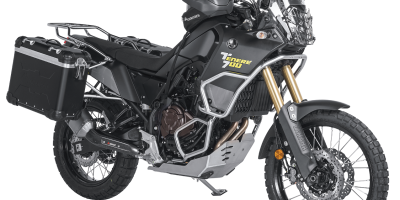
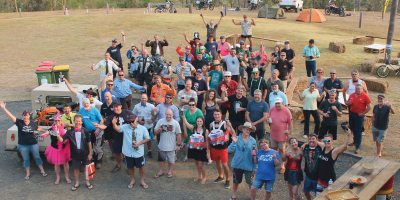
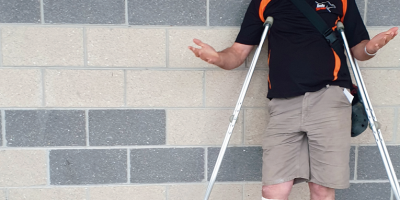





Comments